nasen - #Choosetochallenge Inequality in Education
On International Women’s Day, Kamal Bodhanker, Head of International Development at nasen, reflects on how COVID-19 is threatening girls’ education globally.
The education landscape in almost every country has changed in the last year: 90% of the world’s countries saw school closures because of the global pandemic. Most children in the world have experienced isolation and social distancing restrictions. Whilst the multidimensional effects of school closures will impact all, the potential impacts on those most at risk requires careful consideration and targeted action.
Equity in Education
The 2030 Sustainable Development Goals (SDGs), adopted by the United Nations member states in 2015, identifies inclusive and equitable quality education and lifelong learning opportunities for all as an urgent call to action for both developed and developing countries. Equity in education requires equally high aspirations for all students, regardless of gender, ability, race, ethnicity, and socio-economic background. It demands leadership, cultures, policies, practices, and funded programmes that guarantee educators enable all students meet those expectations. The scale of this, in relation to SEND and inclusion cannot be underestimated.
• An estimated 93 million children worldwide live with disabilities
• Only 17% of countries have a comprehensive inclusive education policy addressing all learners
• One in three teachers in 43 mostly upper-middle- and high-income countries in 2018 reported that they did not adjust their teaching to students’ cultural diversity
• About 40% of low- and lower-middle-income countries have not taken any measures to support learners at risk of exclusion during the Covid-19 crisis.
COVID-19 Impact on Equity in Education
The recent global shift in attention from quality of education to access to education, propelled by school closures, has raised the profile of the historically under-represented aspect of equity in education. Leaders, policymakers, educators, and parents in countries where a child’s right to education was an established norm have been forced to consider the interdependencies that impact children’s ability to learn away from school. When planning for formal education to take place outside of school, politicians were forced to consider the long-overlooked questions of whether children had enough to eat, whether they had a safe environment to spend the day, whether they had access to a device and the multitude of barriers to learning that came to light each day. The disruption to education further exposed the inequalities of education systems and societies where the most vulnerable to disadvantage have experienced additional challenges.
Gender
Up to 130 million girls were already out of school before the COVID-19 Crisis. Now, it is estimated that approximately 20 million secondary school-aged girls may never return to the classroom after the pandemic. In just over a year, 25 years of progress in girl’s education and empowerment is at risk. The reasons for this vary with reports of existing and predicted increases in child pregnancies, child marriages, child labour, domestic violence and female genital mutilation. There is no doubt that the statistics are alarming and the situation feels unprecedented but we know what works and what needs to be done. Investing now in programmes to support and re-enrol could reduce the additional financial cost of achieving SDG 4 by as much as 75%. Successful universal initiatives that remove or significantly reduce barriers to learning such as Cambridge Education’s rapid response Televised Lessons in Punjab exemplify best practice in pre-emptive solutions.
Gender and SEND
Multiple studies conclude that boys are invariably identified and diagnosed with SEND more than girls, for a variety of reasons. For each girl diagnosed with dyslexia, between 3 to 5 boys are diagnosed with the same condition; for children on the Autistic Spectrum, some studies suggest there are 4 times as many males to females every girl diagnosed there are 3 to 7 boys with an ADHD diagnosis. This is an area of ongoing research and development, made more significant by the recognition that women and girls with disabilities stand the risk of facing even higher rates of gender, sexual and domestic violence compared to other women (WHO, 2020).
The way forward
UNESCO’s Global Education Monitoring Report on Inclusion and Education: All Means All (2020) highlights that inclusion is not a separate agenda for certain groups; inclusion requires forms of exclusion and marginalisation and to be considered holistically.
• Identity, background, and ability dictate education opportunities.
• Discrimination, stereotyping, and stigmatization mechanisms are similar for all learners at risk of exclusion.
• A key barrier to inclusion in education is the lack of belief that it is possible and desirable.
• While some countries are transitioning towards inclusion, segregation is still prevalent.
• Teachers, teaching materials and learning environments often ignore the benefits of embracing diversity.
nasen's infographic summarises the pathways to create more inclusive education systems.
To contribute to the breaking of these barriers, nasen’s range of post-lockdown and transition resources seek to equip education professionals with tools to best support learners. nasen’s miniguide Girls and Autism: Flying under the Radar introduces the debate around autism and gender, identifies key issues for girls with autism spectrum conditions, provides practical school based support strategies and shares family, professional and academic perspectives.
We work with governments to review their existing policies and co-develop strategy to enable comprehensive inclusion policy. With sponsors and funders, we deliver education development projects by providing expertise on inclusion. For teachers and leaders in international schools we provide face-to-face, virtual, and blended training, and bespoke consultancy.
I invite you to learn more about our international work and become an international member. nasen is committed to supporting the international momentum to actualise SDG4. Sharing the sentiments of nasen’s patron, Danielle Brown MBE in her Tough Girl Podcast, ‘failure is not an option’.





